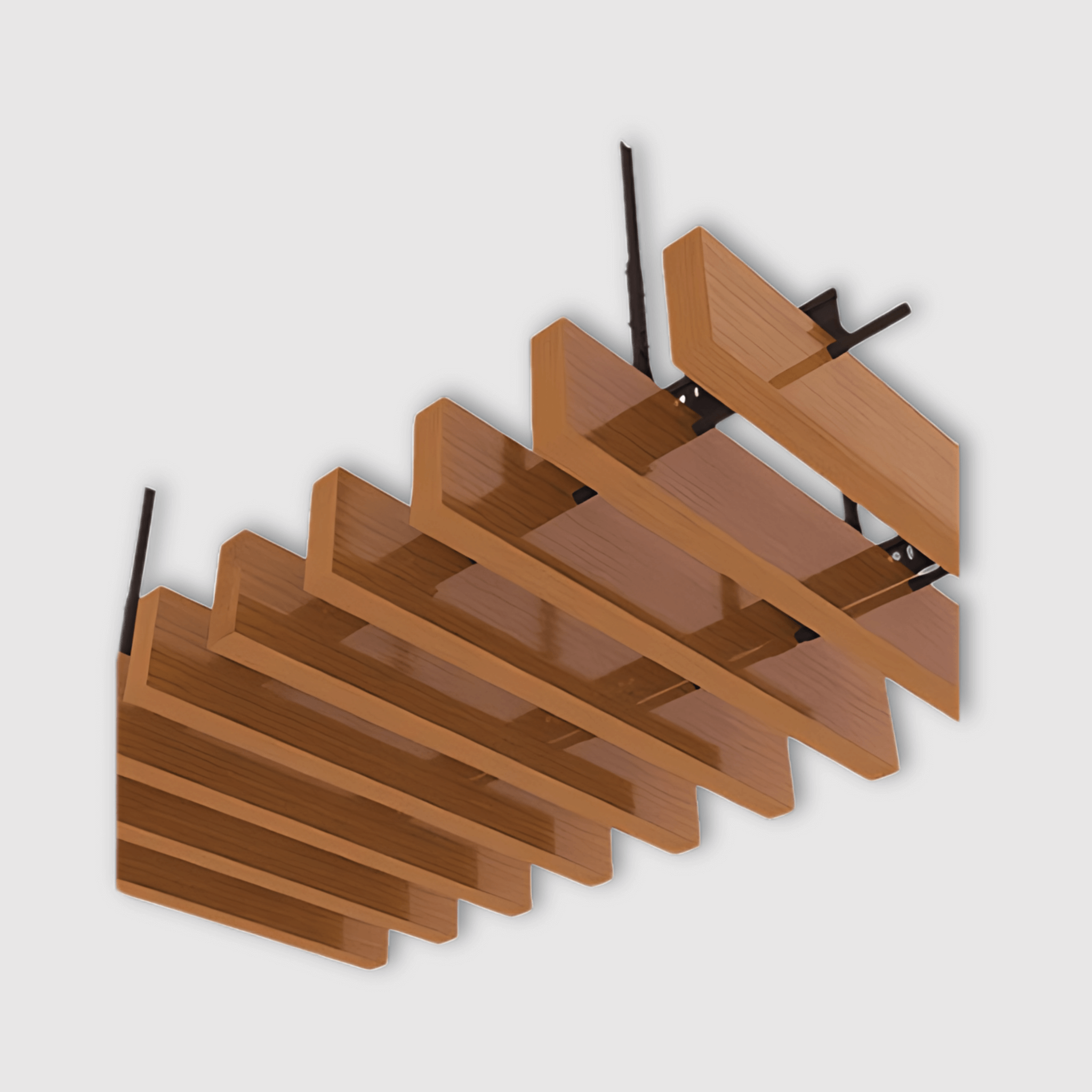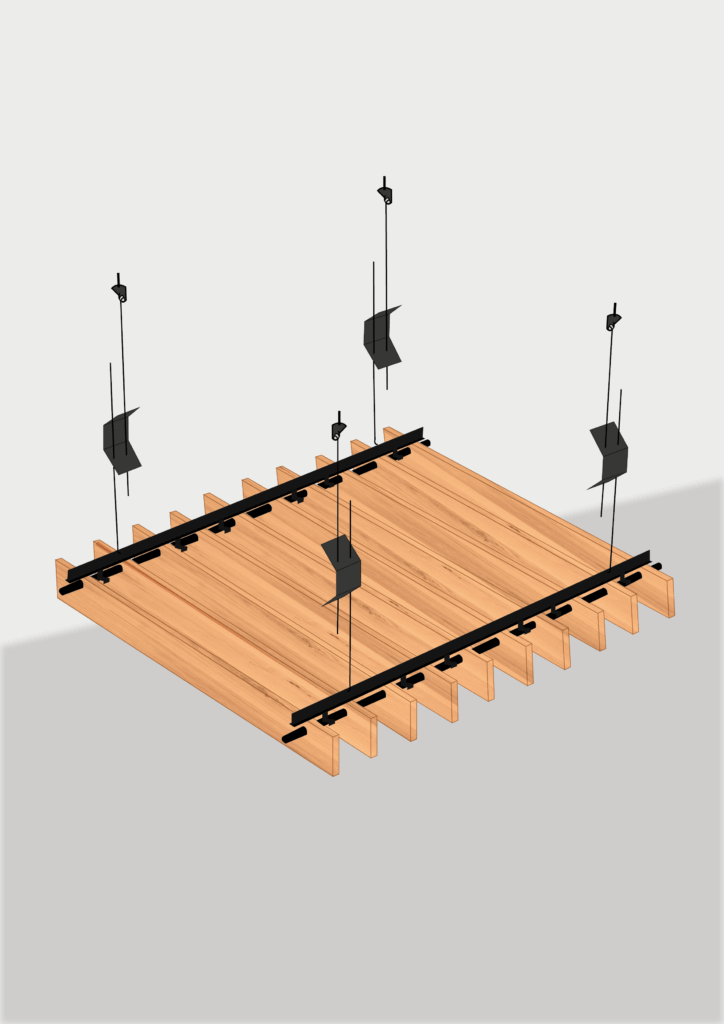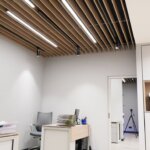Tubular Ceiling Panel
Product Description
Technical Specifications
- Material: Solid Wood, MDFLAM, Natural Veneer, or Lacquer
- Thickness: 8 mm, 18 mm, 25 mm
- Panel Spacing: 50 mm and can be customized
- Panel Length: 1380 mm, 2400 mm and 2750 mm
- Edge Details: Edge banded
- Fire Resistance: B s2 d0, D s2 d0
- Installation Method: Suspended with T24 and suspension wires






